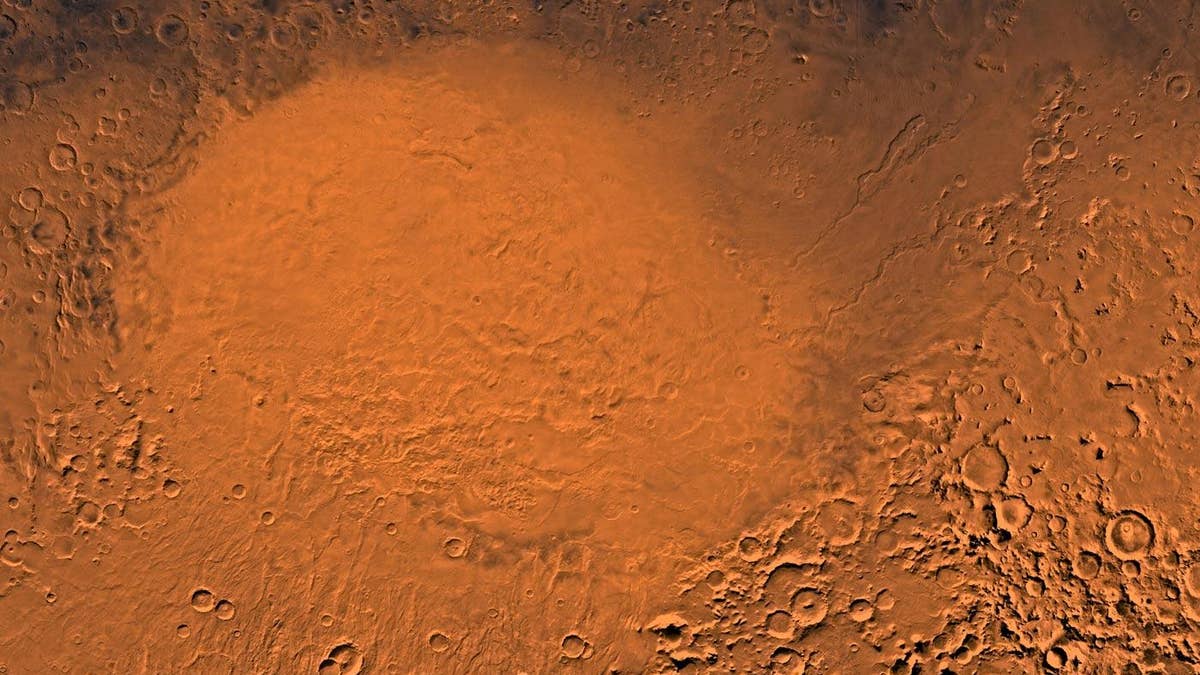
File photo: The Hellas Planitia region of Mars, where scientists believe small lakes came and went regularly. (NASA/JPL/USGS)
Scientists have picked the landing site of a robot mission to Mars which will search for signs of alien life.
The ExoMars rover is due to be blasted into space in 2010 but not land on the Red Planet until March 2021 and drill into its surface to search for any evidence of life that may have existed.
Experts working on the joint European-Russian project have picked an area called Oxia Planum, as it is thought the site once contained a large body of water billions of years ago.
The other main contender was Mawrth Vallis – a channel formed by huge flooding between the southern highlands and the northern lowlands.
Aram Dorsum which is found in the highlands of Arabia Terra, north of the Crommelin crater, was also on the shortlist of possibilities.
The decision is expected to be officially confirmed next year when it is signed off by the heads of the project.
Group member Professor John Bridges from the University of Leicester said after four years of careful study the site had been picked because its fine sediments would be ideal for the rover’s drill.
He said: “With an enormous catchment area the sediments will have captured organics from a wide variety of environments over a long period of time, including areas where life may have existed.
“A large group of scientists have been working on proposing, characterizing and down selecting the sites, all of which had fascinating aspects, but Oxia Planum is the clear winner on both science and engineering constraints.”
Layers of clay-rich minerals found in the area also suggest it was once the location of a massive lake.
It is hoped the rover will drill two meters below the planet’s surface hunting for signs there was life on the planet around four billion years ago when there was water on the planet.
Jorge Vago, a ExoMars project scientist with the European Space Agency (ESA), said: “With ExoMars we are on a quest to find biosignatures.
“While both sites offer valuable scientific opportunities to explore ancient water-rich environments that could have been colonized by microorganisms, Oxia Planum received the majority of votes."
Landing a robot on Mars has proved difficult in the past so the choice had to consider where the most likely sites were against the chances of being able to actually land a craft in the area.
It is thought the low-lying Oxia Planum area will provide more time for a parachute to slow the robot’s descent onto the surface.
ESA’s head of space exploration Sue Horne said: “Our end goal is in sight and it is getting very exciting.”
This story originally appeared in The Sun.




















